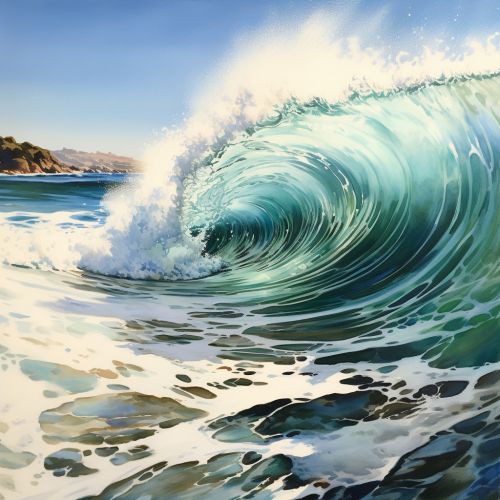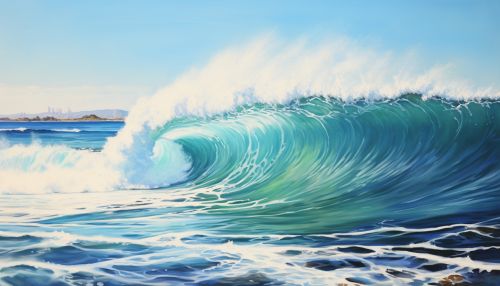The Science of Tsunamis and Coastal Hazard Mitigation
Introduction
Tsunamis are a series of ocean waves with very long wavelengths (typically hundreds of kilometers) caused by large-scale disturbances of the ocean, such as earthquakes, volcanic eruptions, glacier calvings, and even impacts of large meteorites. Tsunamis can cause significant destruction and loss of life when they impact coastal regions. This article will explore the science behind tsunamis, their causes, characteristics, and effects, as well as strategies for coastal hazard mitigation.


Causes of Tsunamis
Tsunamis are typically caused by large undersea earthquakes at tectonic plate boundaries. When the ocean floor at a plate boundary rises or falls suddenly, it displaces the water above it, creating powerful water waves that can travel great distances at high speeds. Other causes of tsunamis include volcanic eruptions and landslides, both undersea and terrestrial, that displace large amounts of water.
Earthquakes
Earthquakes are the most common cause of tsunamis. The Earth's crust is divided into several large and small pieces, known as tectonic plates, which float on the semi-fluid layer of the mantle below. These plates are constantly moving, albeit very slowly, and their interactions at plate boundaries can cause earthquakes. When an undersea earthquake occurs, it can displace the seafloor, causing a tsunami.
Volcanic Eruptions
Undersea volcanic eruptions can also cause tsunamis. When a volcano erupts, it can displace a large amount of water, creating a tsunami. Additionally, the collapse of volcanic edifices or calderas can lead to massive landslides, which can also generate tsunamis.
Landslides
Both undersea and terrestrial landslides can cause tsunamis. When a large amount of material suddenly falls into water, it displaces that water, creating a wave. The size of the wave depends on the volume and speed of the falling material.
Characteristics of Tsunamis
Tsunamis have several characteristics that distinguish them from regular ocean waves. They have very long wavelengths, often hundreds of kilometers, and they travel across the open ocean at high speeds. As they approach the coast, their speed decreases but their height increases, often resulting in devastating coastal flooding.
Wavelength and Wave Speed
One of the defining characteristics of a tsunami is its long wavelength. In the open ocean, a tsunami's wavelength can be hundreds of kilometers, much longer than that of a typical ocean wave. This long wavelength means that a tsunami can lose very little energy as it propagates, allowing it to travel across entire ocean basins.
The speed of a tsunami is determined by the depth of the water through which it travels. In the open ocean, where the depth is often several kilometers, a tsunami can travel at speeds comparable to a jet plane. As the tsunami approaches the coast and enters shallower water, its speed decreases.
Wave Height and Coastal Impact
As a tsunami enters shallower water near the coast, its speed decreases but its height increases. This wave shoaling can cause a tsunami to grow to several meters or even tens of meters in height. The resulting inundation can cause significant damage and loss of life in coastal communities.
Coastal Hazard Mitigation
Coastal hazard mitigation refers to the strategies and measures taken to reduce the risk and impact of coastal hazards, including tsunamis. These measures can include both structural and non-structural strategies, such as the construction of sea walls and breakwaters, land use planning, early warning systems, and community education.
Structural Mitigation
Structural mitigation measures are physical constructions designed to reduce the impact of coastal hazards. For tsunamis, these can include sea walls, breakwaters, and tsunami evacuation buildings. Sea walls are designed to block incoming tsunami waves, while breakwaters can help to dissipate their energy. Tsunami evacuation buildings are high, sturdy structures where people can seek refuge if there is not enough time to evacuate to higher ground.
Non-Structural Mitigation
Non-structural mitigation measures involve changes in land use, early warning systems, and community education. Land use planning can help to reduce the risk to human life and property by restricting development in high-risk areas. Early warning systems can provide advance notice of an incoming tsunami, allowing people to evacuate to safety. Community education is also crucial, as it can help people understand the risks and know what to do in the event of a tsunami.
